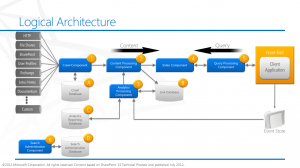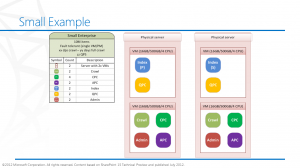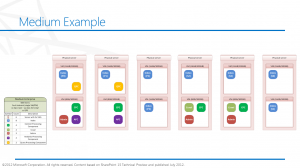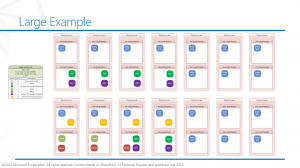SharePoint 2013 finally released yesterday as a technical preview. This article is based on the July 2012 technical preview release and this functionality could change before final release.
SharePoint 2013 now blends the old search components with the FAST search components into one standard product. About 80% of FAST Search was embedded in the SharePoint Search platform, representing the most used features of FAST Search. *Update* The Standard CAL of SharePoint only integrates a subset of the FAST search features (Thanks to Niraj for pointing this out)*
The following diagram illustrates the new search server logical architecture:
 The architecture of the search service breaks down in the following components:
The architecture of the search service breaks down in the following components:
Crawl Component:
Content Processing Component:
Tracks crawled content and how users interact with the search results. It replaces the Web Analytics service form SharePoint 2010 to track usage of site content, passing this information back to the Content Processing Component to add to the search index, improving search relevance.
Index Component:
Accepts operations from both the content processing component by storing results of the item parsing in the index files, and from the query processing component by providing result sets. It is in charge of managing the indexed content when the architecture is changed by the search administration component.
Query Processing Component:
The query processing component receives a query from the end user, performs analysis, linguistic processing like word breaking, stemming, query spellchecking, thesaurus, attempts to optimize precision, recall and relevancy. This optimized query is sent to the index component, and the returned result set is again processed further before being sent back to the search front-end.
Search Administration Component:



 I am an independent consultant, Senior SharePoint Architect & Senior SharePoint Developer, certified as MCPD SharePoint Developer and MCTS.
I am an independent consultant, Senior SharePoint Architect & Senior SharePoint Developer, certified as MCPD SharePoint Developer and MCTS.